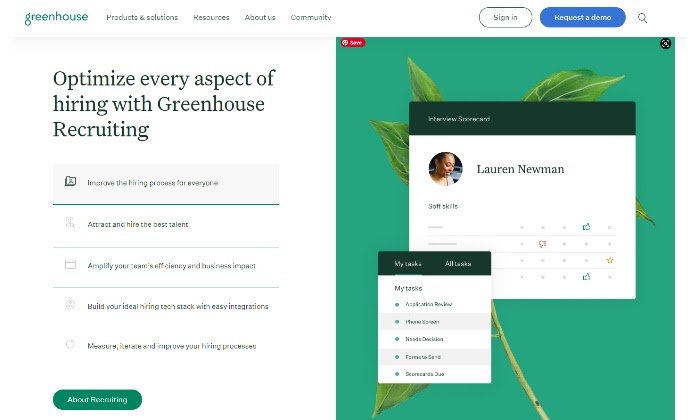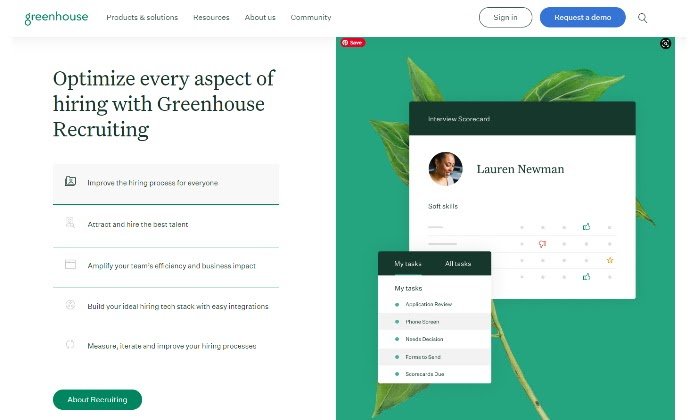How Full-Cycle Recruiting Can Improve Your Recruitment Process

Job vacancies can cost a company an average of $500 per day.
Companies can save money, improve the quality of their hires, eliminate communication gaps, and increase accountability during the recruitment process by implementing a full-cycle recruitment strategy.
The full-cycle recruitment process is managed by a single full-cycle recruiter or full-cycle recruiting agency.
Full-Cycle Recruiting Process
The full-cycle recruiting process includes six stages: preparing, sourcing, screening, selecting, hiring, and onboarding.
Preparing
The first stage of the full-cycle recruiting process is the preparing stage. A recruiter will begin this stage by working with a hiring manager to identify a hiring need and create a persona — a fictionalized profile of your company’s ideal candidate.
During the next step of the preparing stage, the recruiter and hiring manager will determine how much compensation a candidate will be offered. This information will be used to create a job posting that includes an overview of the role, responsibilities, salary range, benefits, and information about the company.
Sourcing
After creating a persona and job posting, a recruiter will use word-of-mouth, internal recruiting, employee referrals, social media, job boards, or career websites such as LinkedIn and Glassdoor to find jobseekers that fit the ideal candidate persona.
Screening
After finding potential candidates, a recruiter will carefully review applicants’ resumes and cover letters with the help of HR software. Then, the recruiter will perform a phone screen or on-demand interview.
For most talent acquisition leaders, resume screening is the most time-consuming and challenging part of recruitment.
Selecting
After screening and shortlisting candidates, the recruiter will determine which candidate is the best fit for the role by conducting face-to-face or virtual interviews.
A recruiter will ask candidates in-depth questions to learn more about their professional background and qualifications during a face-to-face interview. The recruiter may also have candidates complete writing assignments or a series of tasks to prove they are a good choice for the position.
Once the recruiter selects the best candidate, they will check the candidate’s references or order a background check.
Hiring
The hiring stage is the most important of the process.
After choosing the best candidate for the role, the recruiter will contact the candidate with an official job offer and may have to negotiate the terms of the offer. The candidate may feel more comfortable receiving a job offer from the full-cycle recruiter rather than the hiring manager because the recruiter has been the candidate’s primary contact throughout the hiring process.
Onboarding
The final stage of the full-cycle recruiting process is the onboarding stage. During the onboarding stage of the process, a hire is integrated into the company. The full-cycle recruiter will familiarize the new hire with the company culture and team members using a welcoming orientation or introductory path.
1. Identify the ideal candidate for the role.
A candidate persona is a description of your ideal applicant. Creating a candidate persona will help your recruiter choose the best applicant for the role by …read more
Source:: HubSpot Blog









